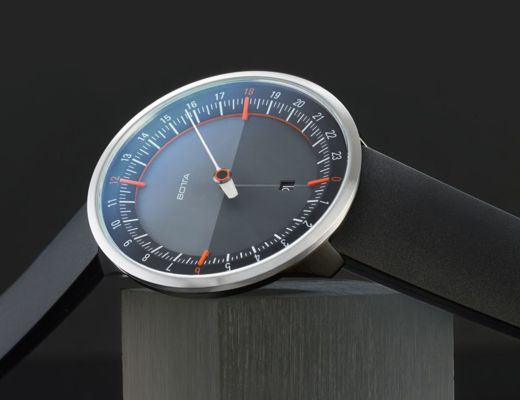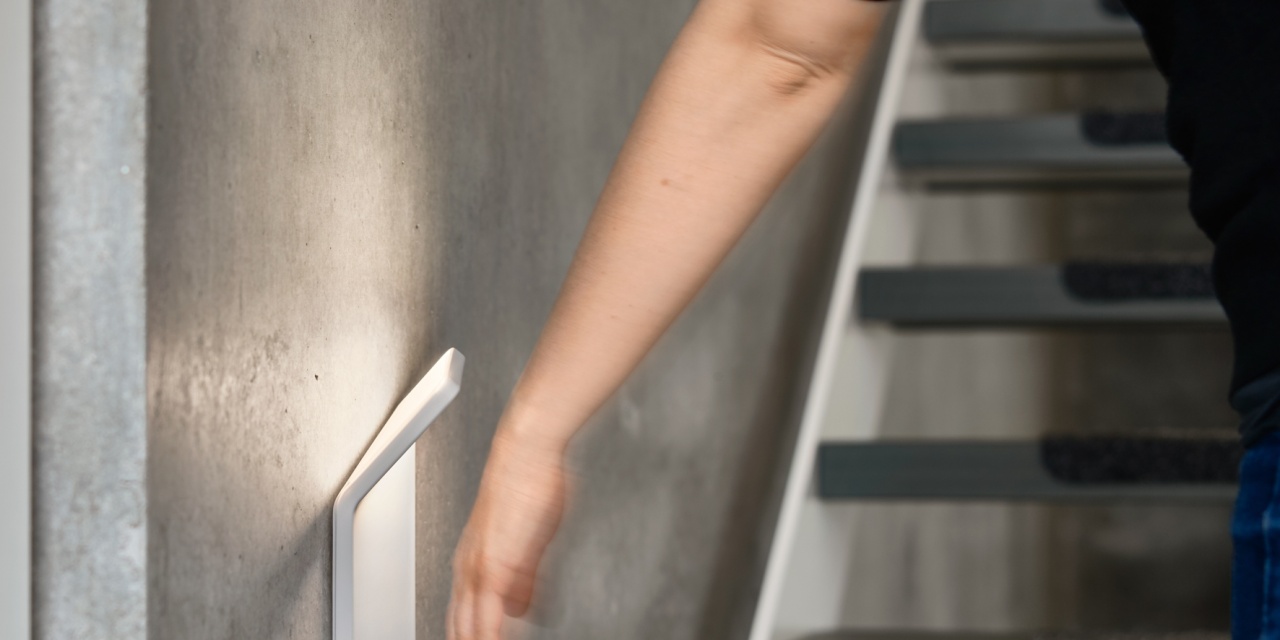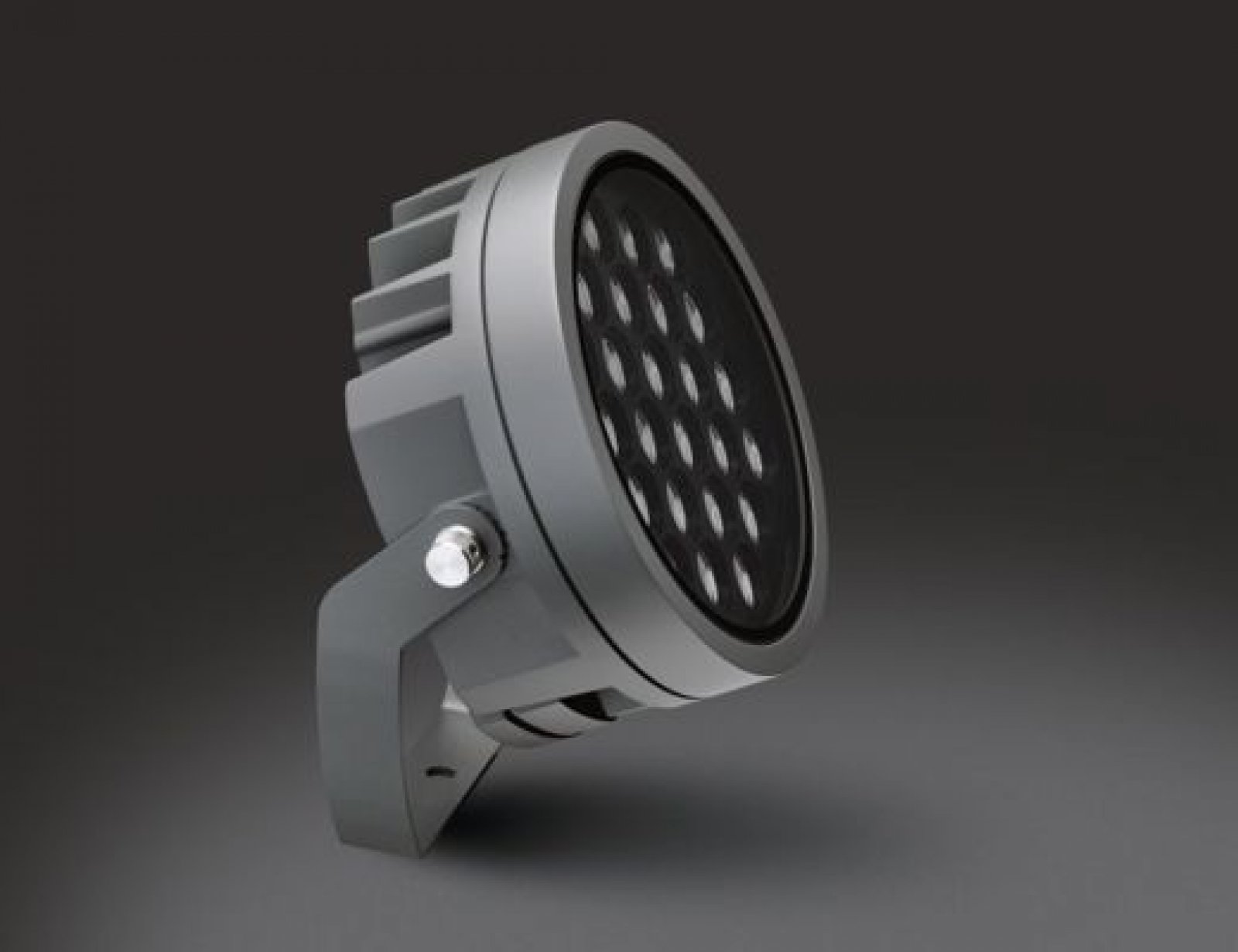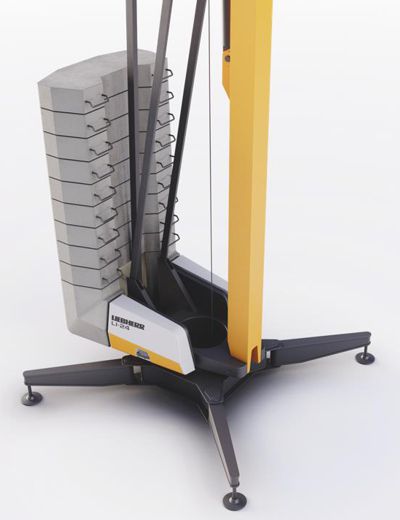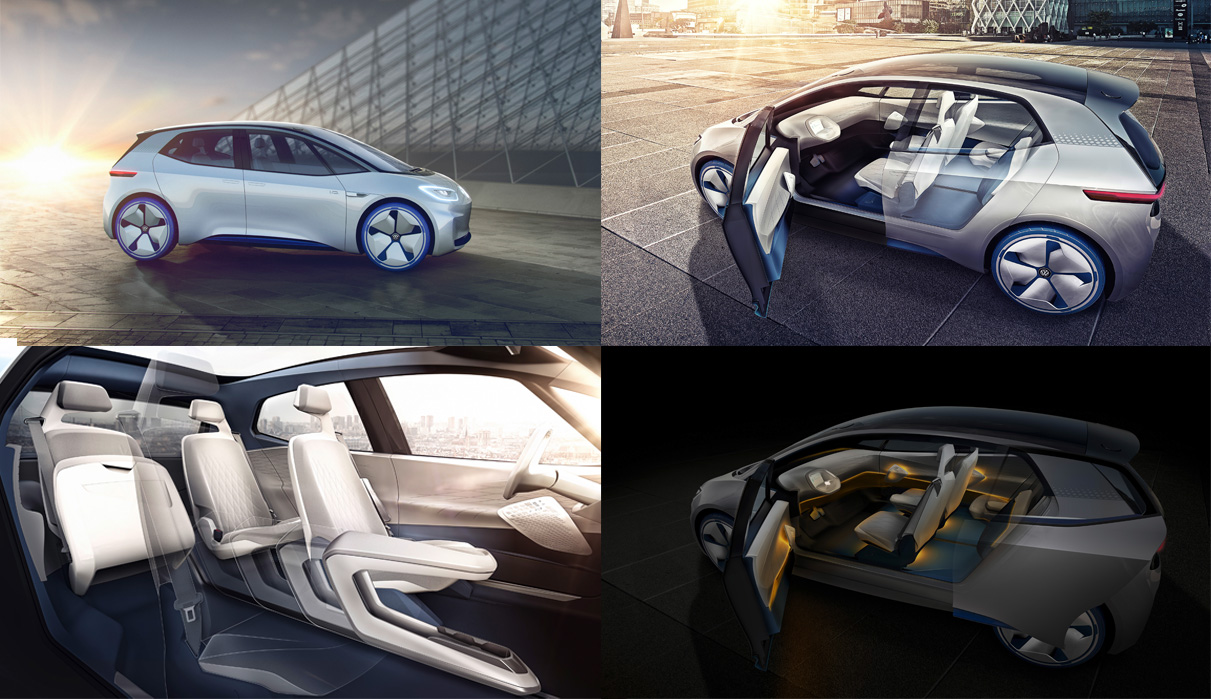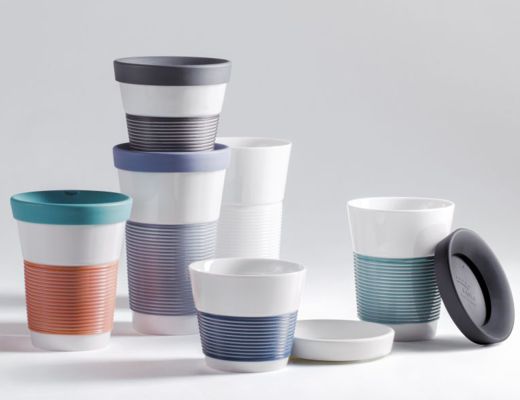AWARD CEREMONY SCALA
Stuttgarter Strasse 2
71638 Ludwigsburg
13 October 2017
Admission: 6.30 p.m.
Start: 7 p.m.
EXHIBITION OPENING
MIK, Museum Information Kunst
Eberhardstraße 1
D-71634 Ludwigsburg
EXHIBITION DATES AND OPENING HOURS
14 October to 22 November 2017
daily 10.00 a.m. to 6 p.m., Thursdays 10.00 a.m. to 9 p.m.
except public holiday 31 October and 1 November
GUIDED TOURS
Sunday, 15 October, 4 p.m.
Sunday, 05 November, 4 p.m.
Thursday, 16 November, 6.30 p.m.
Admission to the exhibition and guided tours is free.






